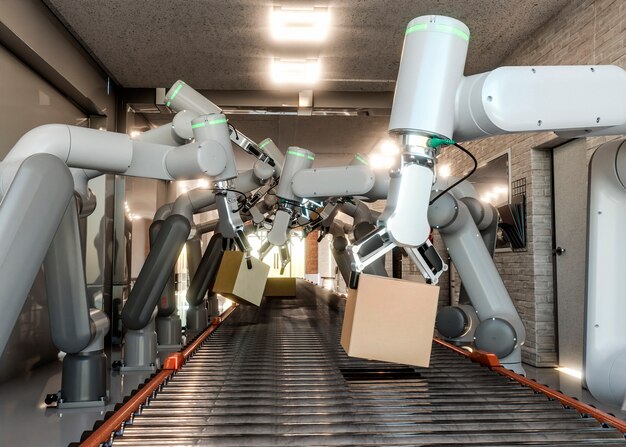5 minutes read
Unearthing Heavy Goods Logistics
The world of heavy goods delivery is complex and intricate, requiring precise coordination and execution. From collection to transportation and finally delivery, each step involves a multitude of processes that contribute to a seamless flow. At the heart of these operations is logistics, a discipline that ensures the efficient movement of goods. In heavy goods logistics, special attention is given to the size, weight, and nature of the goods. This involves the use of specialized equipment, vehicles, and experienced personnel to handle the goods. Notably, the delivery schedules are meticulously planned to meet clients’ expectations and regulatory requirements. Also, the safety of both the goods and personnel involved is prioritized, with rigorous checks and measures in place to prevent accidents or damage. As the backbone of heavy goods delivery, logistics plays a pivotal role in driving the success of this sector.
The Delivery Process Explained
The delivery process of heavy goods involves a complex series of steps. First, the order is received and processed by the logistics company. It is then picked up from the supplier, typically by a truck equipped to handle heavy loads. The goods are then transported to the delivery depot, where they are sorted and loaded onto the delivery vehicle. The vehicle used for delivery must be able to handle the weight of the goods, and in some cases, special equipment may be required to load and unload the goods. The final step in the process is the delivery to the customer. This is often the most challenging part of the process, as it requires precise timing and coordination to ensure the goods are delivered on time and in good condition. White-glove services can also be utilized for the delivery of particularly delicate or valuable goods, offering a higher level of care and attention during the delivery process. Understanding this process can help businesses improve their logistics performance and cope with the increasing demand for heavy goods delivery in the e-commerce sector.

Role of Technology in Heavy Goods Delivery
Technology plays a pivotal role in the heavy goods delivery industry, enhancing efficiency and reliability of operations. The advent of GPS tracking has revolutionized the sector, enabling real-time tracking of goods and ensuring timely delivery. Furthermore, advancements in fleet management software have streamlined logistical operations, leading to lower costs and improved customer satisfaction. The use of automated systems for loading and unloading heavy goods has reduced the risk of injuries and increased productivity. The recent trend of incorporating Artificial Intelligence (AI) and Machine Learning (ML) in delivery systems forecasts a future of autonomous heavy goods vehicles, further transforming the industry. Hence, the application of technology in heavy goods delivery is not only impactful but also instrumental in defining the industry’s future growth and sustainability.
Technological Innovations in Delivery
In the world of heavy goods delivery, technological advancements are bringing about significant changes. These innovations are not only streamlining the delivery process but also enhancing efficiency, accuracy, and overall customer satisfaction. From AI-powered logistics to last-mile delivery technology, the face of heavy goods delivery is being revolutionized. The integration of technology in delivery has been a response to the growing demand for white-glove, heavy goods delivery amidst ongoing supply chain disruptions. The use of innovative technology has also been instrumental in managing the increasing e-commerce demands for heavy goods delivery. It’s through these advancements that companies like Deliveright are continuously improving their logistics performance, ensuring their services remain reliable and effective. To stay updated with the latest trends and innovations in heavy goods delivery, follow Deliveright’s news page regularly.

Future of Heavy Goods Delivery
The heavy goods delivery industry is undergoing a transformation, driven by emerging trends and innovative technologies. As we look towards the future, we see a number of advancements shaping this sector. Automation and robotics, for instance, are revolutionizing logistics, allowing for more efficient and cost-effective delivery processes. Autonomous vehicles are poised to play a significant role, reducing human error and speeding up transit times. The idea of drones for heavy goods delivery is no longer a distant dream, but an impending reality. Furthermore, digitalization is gaining momentum with the rise of blockchain technologies, enhancing transparency and traceability in the supply chain. And lastly, the increased focus on sustainability is pushing the industry towards greener practices, making eco-friendly vehicles and carbon-neutral operations the norm. These trends indicate a future where heavy goods delivery is faster, safer, more efficient, and environmentally friendly.








